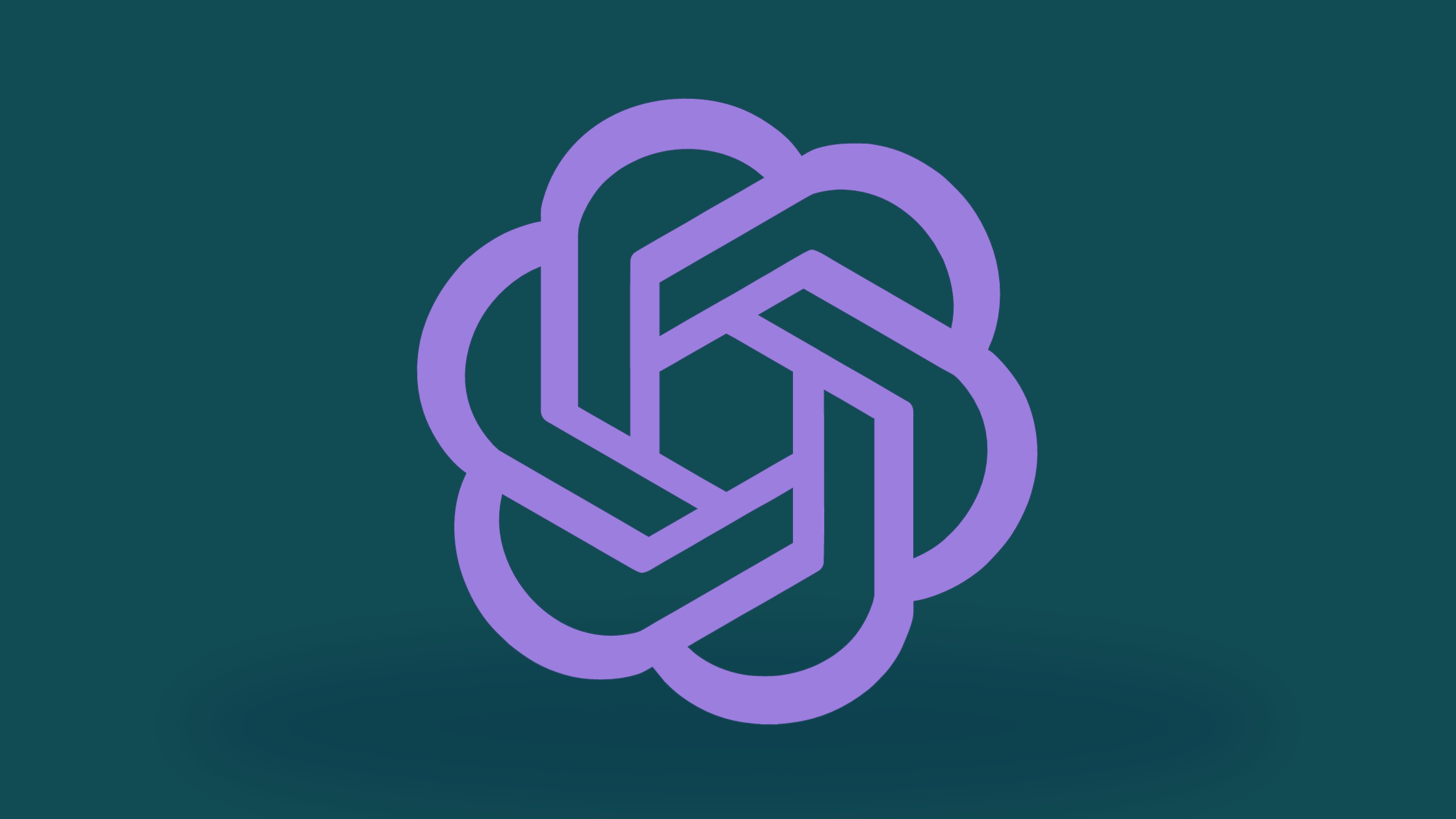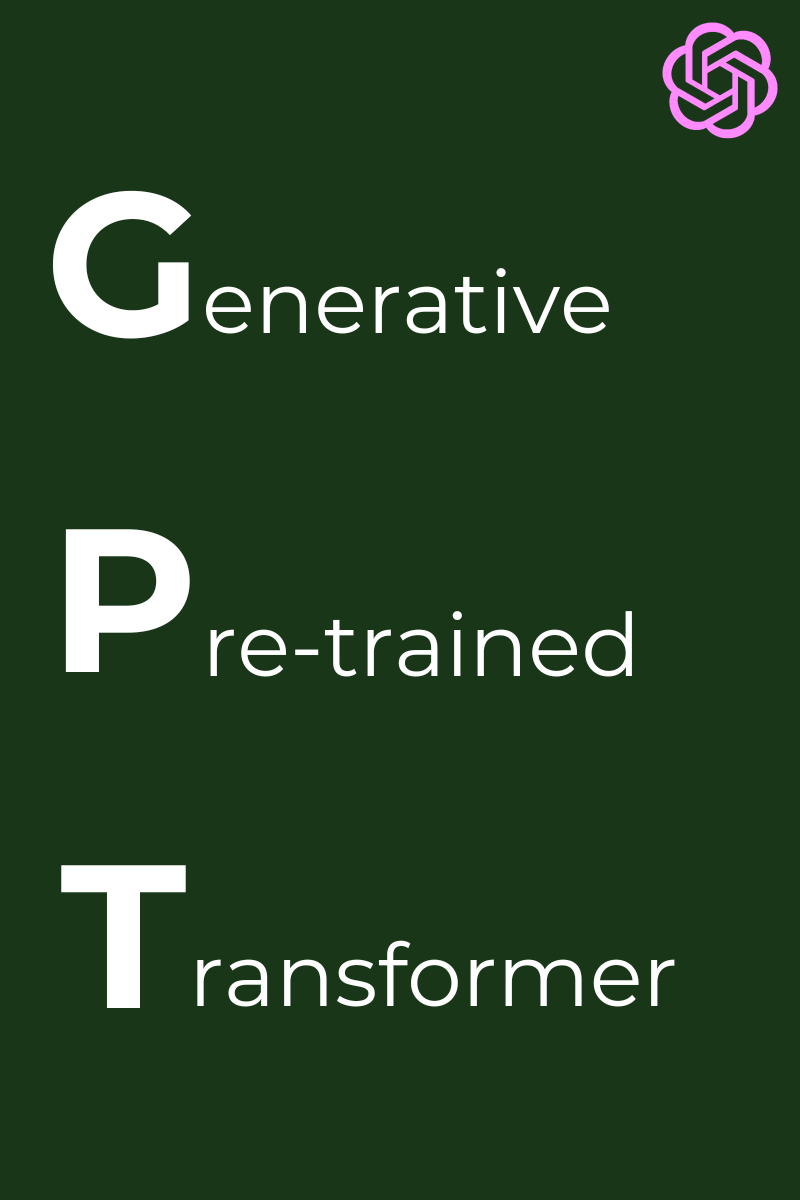
ChatGPT is the future of conversational AI! Chances are, most people use ChatGPT in some capacity. Whether you are a tech enthusiast, a business owner or just curious about advancements in AI, you may ask yourself. “what does GPT stand for?”
In my 25+ year career in tech, there are three trends I have experienced that changed the industry:
- The rise of the Internet
- The rise of Mobile
- The rise of Artificial Intelligence (AI)
Not since the first two have I seen our industry change as much as it is changing right now. A lot of companies are SAYING they do AI. Really, they are just repackaging some data modeling they were already doing. However, a lot of companies, and people, use real AI to create marketing content, provide customer service, produce graphics, write code, build sales proposals and, at least in some cases, send a break up text!
So what does GPT stand for?

If we break down each letter in the acronym, the answer becomes even more clear.
Generative
In simple terms, think of GPT like a creative assistant. When you give it a prompt, it comes up with something new for you. Traditional computing is like a machine following strict commands; you put something in, and it gives you a fixed result. With AI, like GPT, it’s more like sparking creativity. The response is crafted based on what you ask, not just what is pre-programmed.
Pre-trained
This means the platform learned or trained based on a lot of data inputs. And we mean A LOT. Models like ChatGPT are trained through terabytes of data to learn sentence structure, voice, facts, figures and correlations. Broad GPT systems are trained with sources like academic research, books and Wikipedia.
You can also give very specific training to a GPT system. For example, training a GPT on thousands of legal rulings to teach it how to practice law based on historical examples.
Transformer
And we don’t mean Optimus Prime.
A transformer model pays attention to specific parts of a query when imputed. So a question like “Explain copyright case law as it relates to the self-publishing book industry.” is analyzed both as a whole and in smaller sections. The transformer identifies the best way to respond to the full question by examining parts of the query.
There are two parts to the Transformer – the Encoder and the Decoder. The Encoder turns the query into a math problem and looks for things like the order of words and proximity of words close together. For example, the Encoder knows the difference between these sentences, even though the sentences contain the same words:
The man eats a fish.
The fish eats a man.
The Decoder then crafts the output, based on the answer most likely to address the query. It looks at the query as a whole, the order and proximity of the words and thousands of other factors, rather than just focusing on each individual word.
Building A Basic Understanding of AI
By now, you have probably used ChatGPT. You may be fascinated and terrified of it. Whichever the case, the genie is out of the bottle. Therefore, the use of AI is as prevalent as the use of the Internet and cell phones. We are all impacted and now is the time to build a basic understanding of AI and the softwares that uses it.

